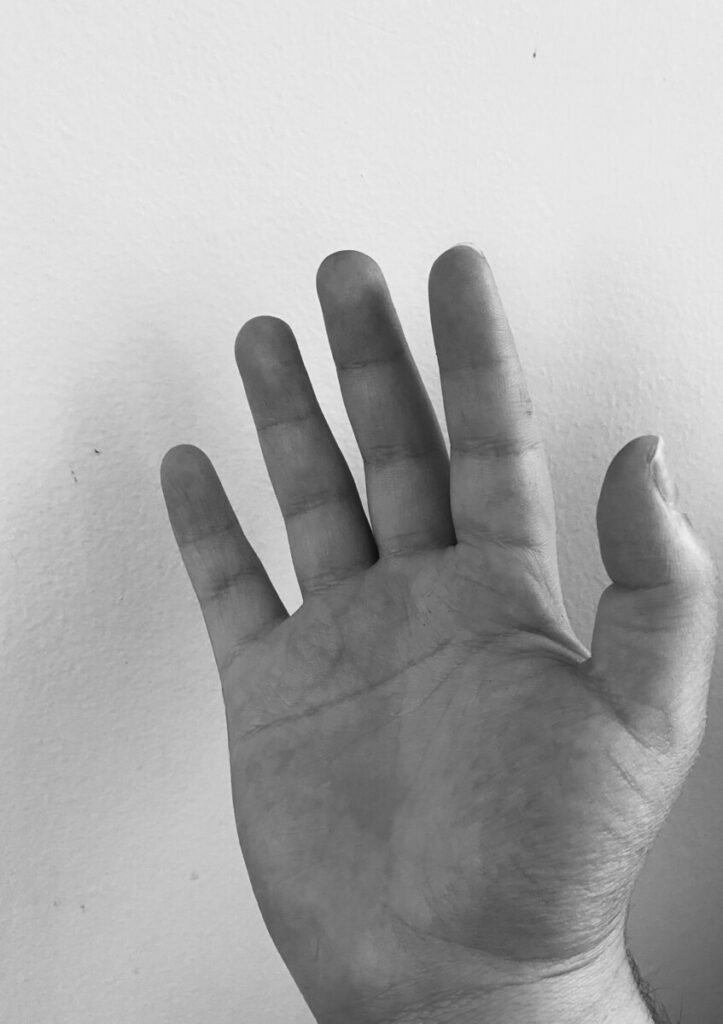
Medium value scale 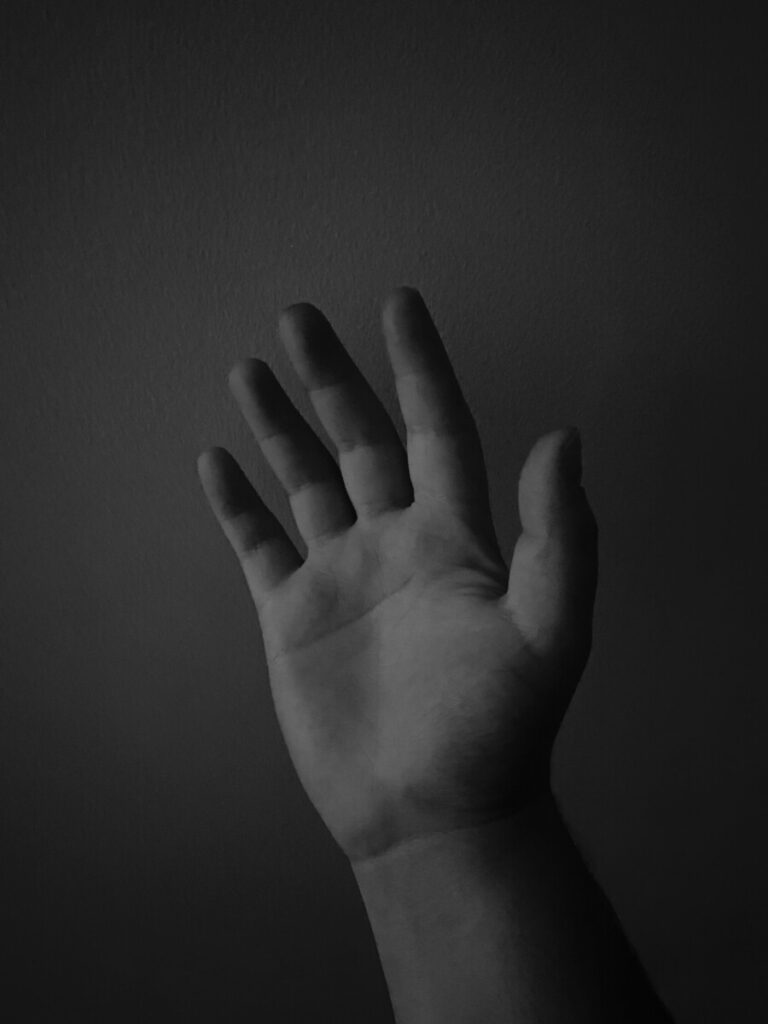
Dark value scale 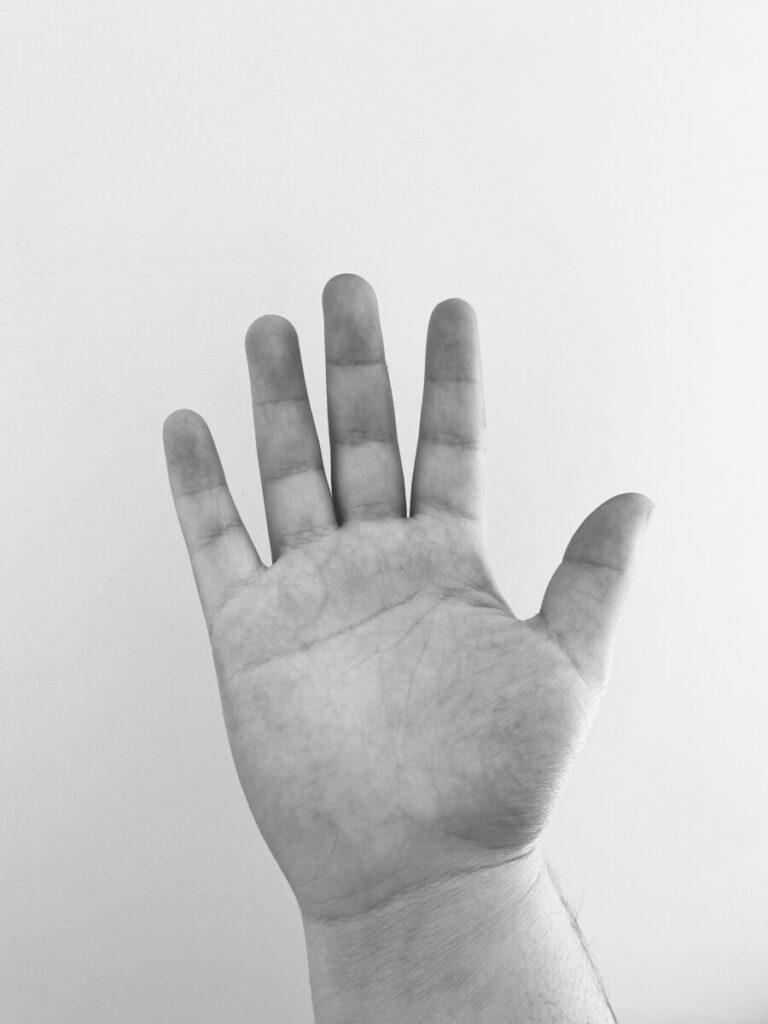
light value scale 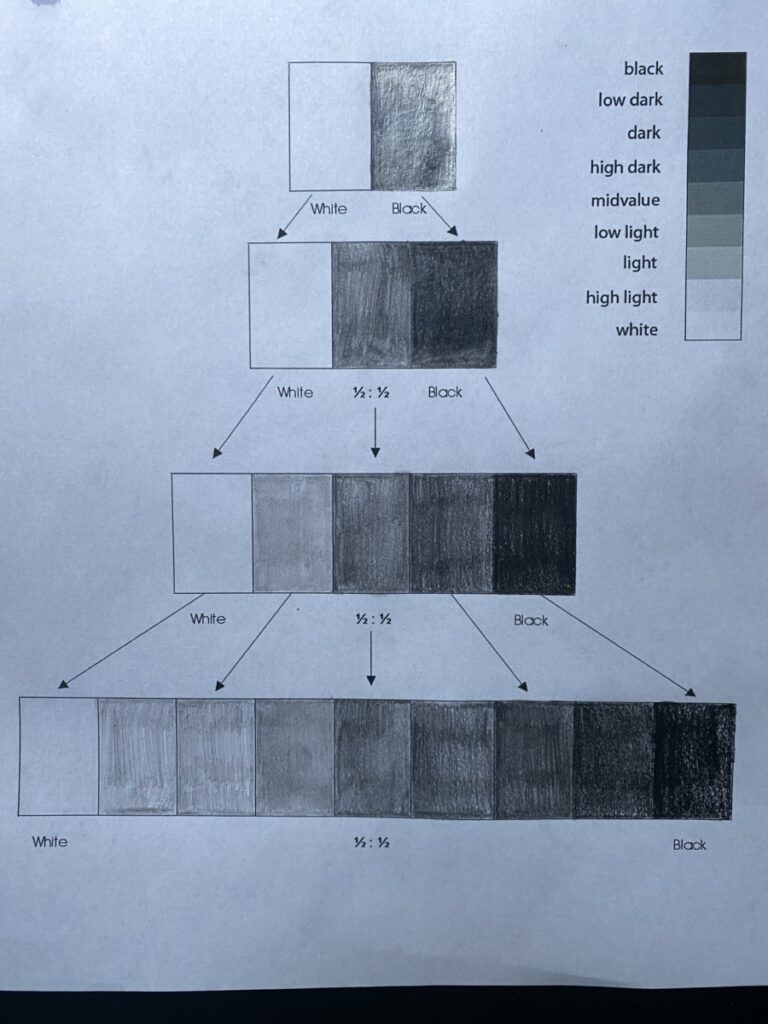

Portrait 1 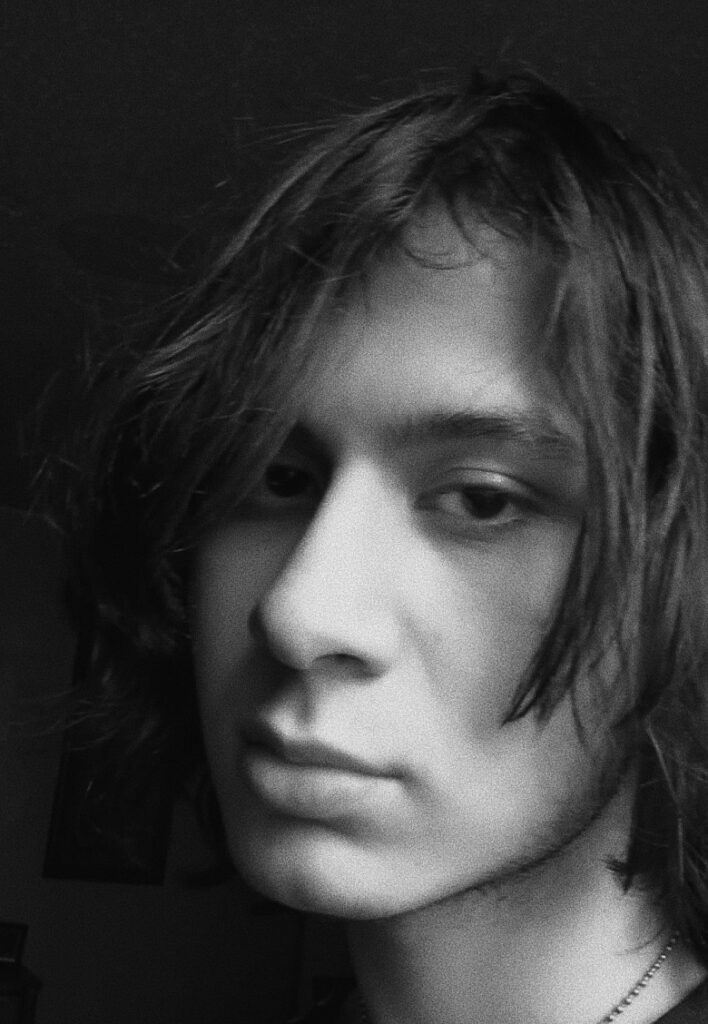
Portrait 2 (final) 
Portrait 3 
Posterize image 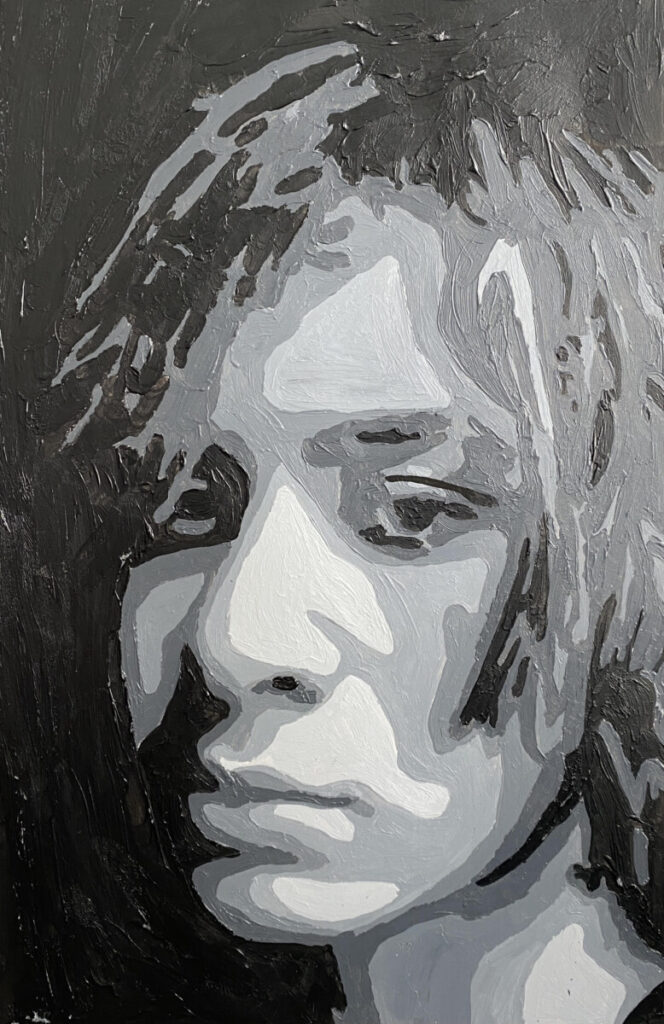
Final Piece
Gordon Parks was a photographer from the late 1900s remembered for his unique style of photography that worked in archiving historical events. Not only was Gordon Parks’ the first African-American photographer to have their work featured on a magazine but was completely self taught too. Gordon Parks’ importance stems from the fact that his collection of photographs revealed aspects of civil rights issues during the 60s and 70s in America like poverty, police brutality along with other racial struggles and urban life. Despite the black and white seeming like a limitation now, Gordon Parks’ photographs were successful in capturing and conveying strong emotions of the environment and people in the images. Most famously Gordon Parks’ photographed and interviewed Muhammed Ali for the 1966 issue of Life Magazine and had his writings with him published. For this project we had to replicate his style of black and white photography and turn it into a painting. Gordon Parks’ photography was primarily of the people around him so I thought to make my portrait of choice be a person as well. Although it wasn’t as simple as applying a black and white filter to an image, painting over it and calling it a day; I had to take the image and then posterize it so I could better get the outlines of the image so I could then paint over the outlines with only shades of black, gray and white. The use of the posterize effect on Photoshop helped in giving the image a base to more easily give shape and volume to the painting’s composition through the use of shading and other techniques. With that I was able to create a stylized portrait with a distinguished look reminiscent of certain pop art like former president Barack Obama’s infamous Yes We Can poster.




Leave a Reply